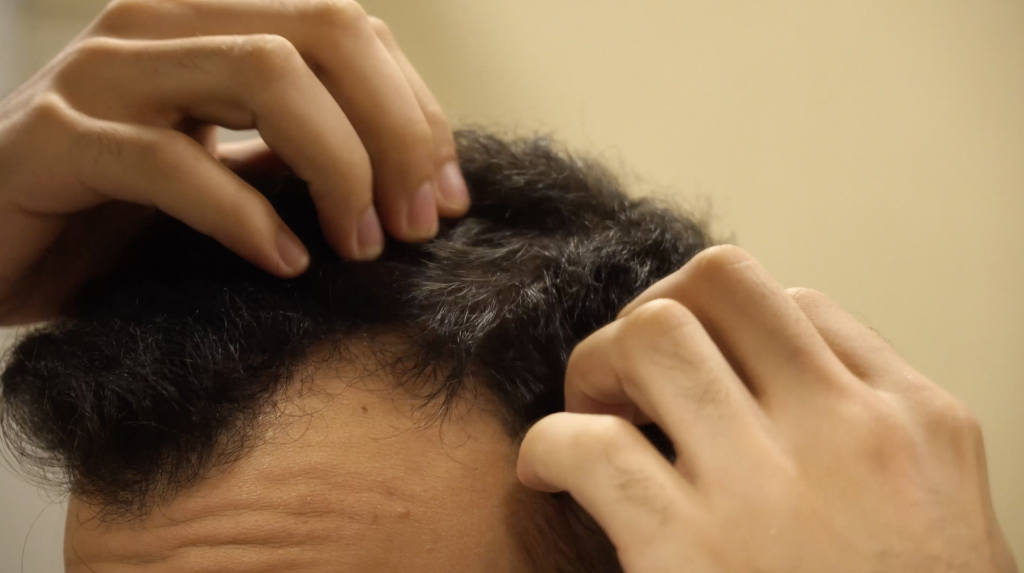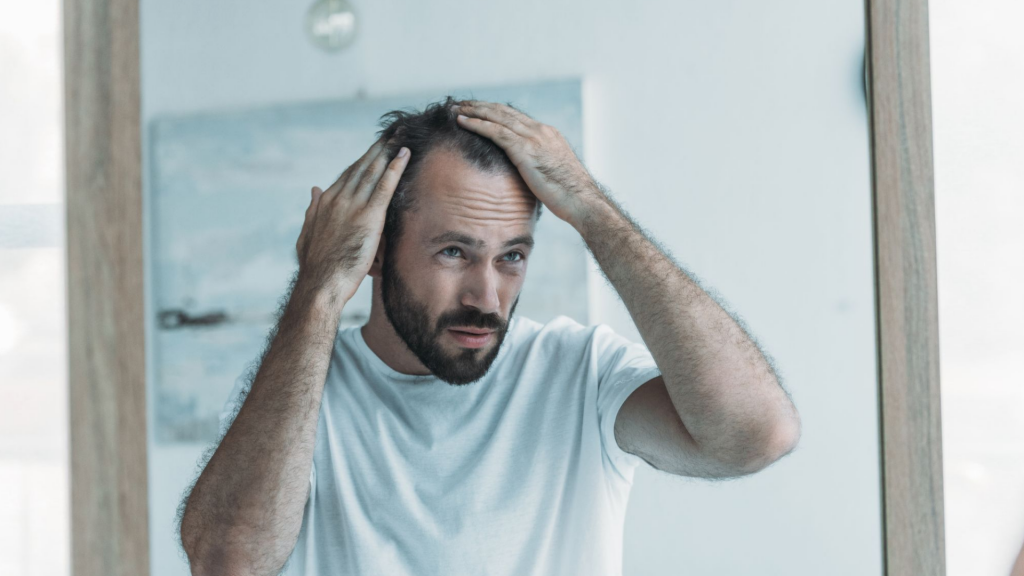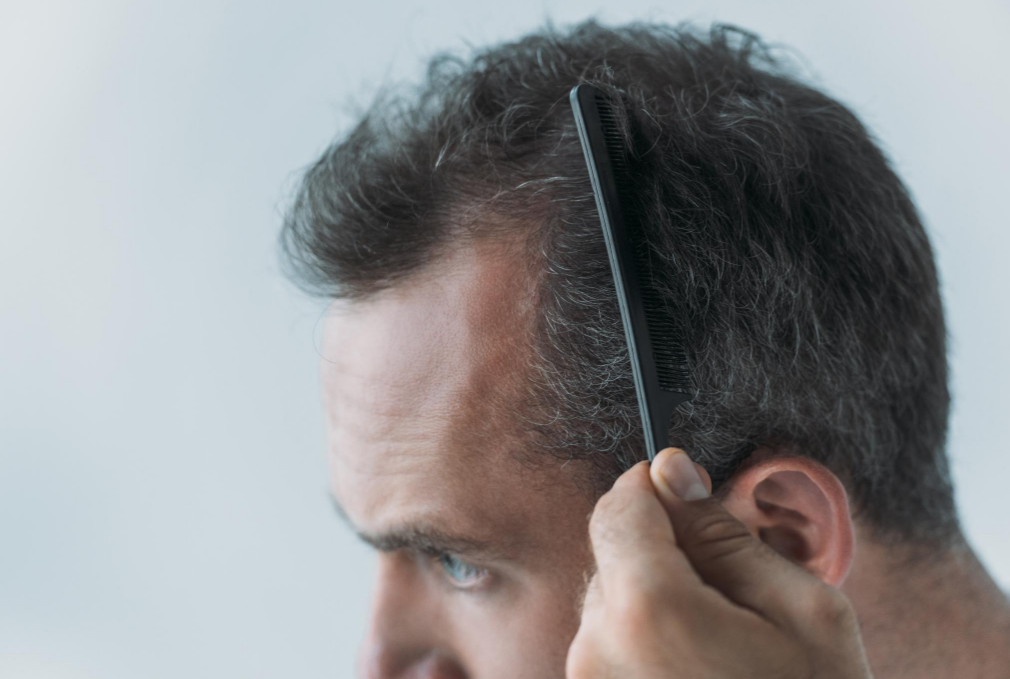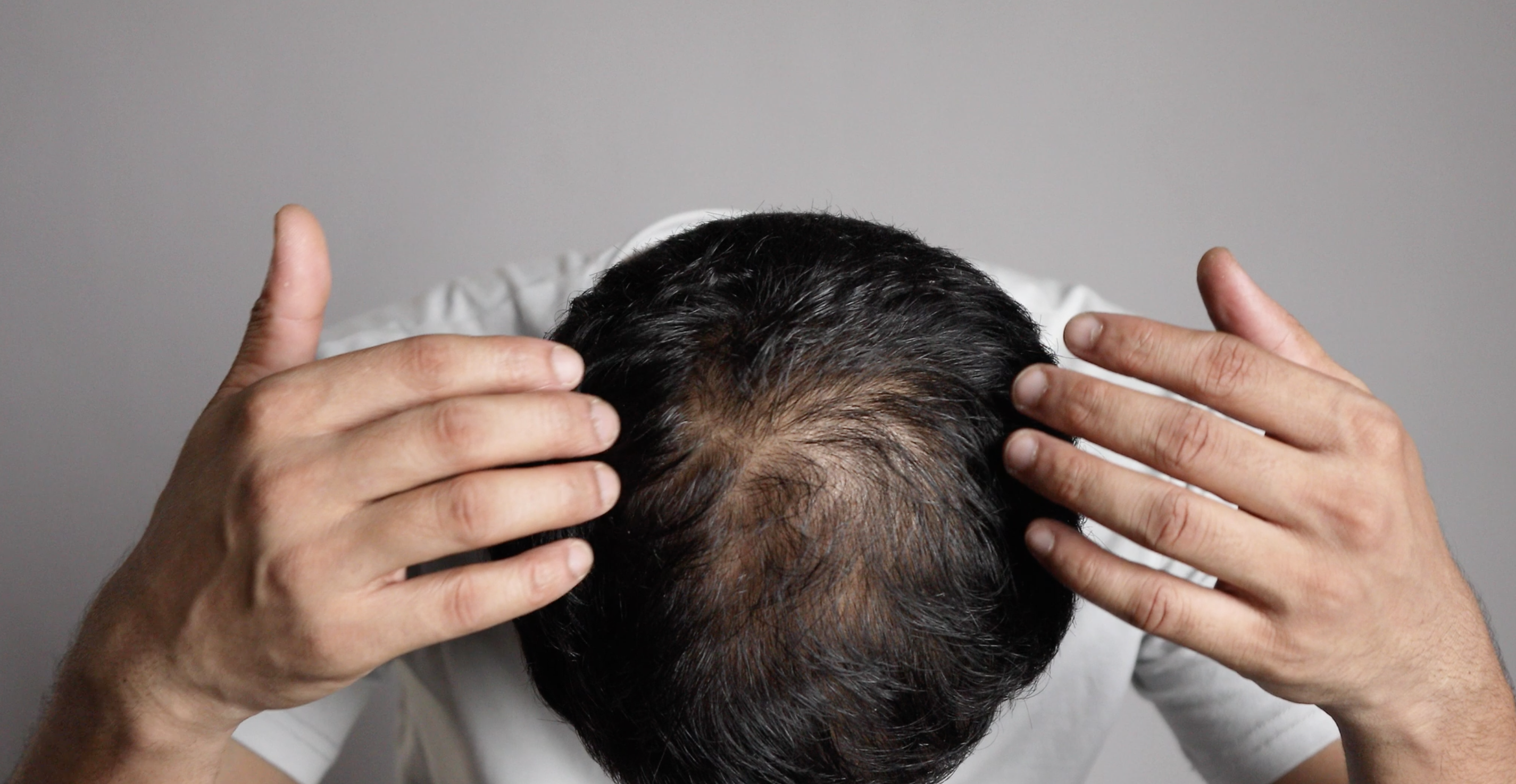What is oral minoxidil?
Oral minoxidil was approved by the FDA for the treatment of hypertension in the 1970s. It was dosed between 10-20 mg daily. Interestingly, researchers found that patients treated with oral minoxidil would regrow hair, sometimes dramatically, an observation that led to it being reformulated as a topical product called Rogaine. Over the past 10 years, clinical studies have been published confirming that low dose (0.5-5 mg daily) oral minoxidil can be effective in hair loss while minimizing or eliminating side effects . Oral minoxidil for hair loss is not FDA approved. This means that the manufacturer has not performed clinical trials seeking FDA approval for the treatment of hair loss. It is unlikely that oral minoxidil will ever be FDA approved because it is now an off patent, generic medication.
Even though it is not FDA approved, it can still be very effective. Some studies show that it may be more effective compared with topical formulations due to better compliance.

When is oral minoxidil given for hair loss?
Oral Minoxidil is an option for hair loss if :
- Topical minoxidil preparations cause scalp irritation or discomfort
- Topical minoxidil is found to be ineffective after 6 months of regular use
- Patients prefer a once daily pill instead of a topical product
- Patients are worried about the side effects of FDA approved finasteride (Propecia)
What kind of hair loss conditions (alopecia) may improve with oral minoxidil?
Most studies have evaluated oral minoxidil as a treatment for male and female pattern hair loss (androgenic alopecia). However, there is some evidence that other types of hair loss such as telogen effluvium and traction alopecia may benefit.
How does oral minoxidil work for hair loss?
Oral minoxidil is a vasodilator, meaning that it dilates blood vessels and increases blood to hair follicles. There is some evidence that oral minoxidil keeps hair follicles in the growth phase (anagen), leading to longer, thicker hair.
How effective is oral minoxidil for hair loss?
Studies show that 2 out 3 people may benefit from oral minoxidil, and will see reduced shedding and/or hair regrowth. Oral minoxidil takes a minimum of 6 to 12 months to see results.
Does oral minoxidil cause hair growth?
Ten to fifteen percent regrowth is typical and some patients get substantially more improvement. Regrowth takes at least 6 months to see results and up to 1 year in some cases.

Does oral minoxidil have side effects?
Side effects are usually uncommon and mild at low doses used to treat alopecia. Most side effects reported for oral minoxidil are from the cardiovascular literature, where the doses are much higher. The largest study to date showed that about 2.5% of women and 0.5% of men had to stop low dose oral minoxidil because of a side effect. Nevertheless, since oral minoxidil can impact your cardiovascular system, it is highly recommended that all patients contact their primary care provider before beginning the use of this medication.
- Excessive hair (Hypertrichosis). Excess hair is more common at higher doses. It can usually be managed with hair removal methods like waxing or plucking. Hypertrichosis may affect 10-25% of those on low doses, and is the most common reason people stop oral minoxidil. Women usually find hypertrichosis, particularly on the face, more distressing.
- Temporary shedding. Temporary shedding is very common when starting oral minoxidil. This side effect occurs within the first 3 months and can be of significant concern. It rarely persists beyond 3 months and most patients stop shedding after 4-6 weeks.
- Ankle swelling and fluid retention. Swelling of the lower legs occurs in around 3% of patients. This side effect is rare at the lower doses used for hair loss.
- Low blood pressure and feeling lightheaded. Even at lower doses, around 2% of patients on oral minoxidil may get episodes of low blood pressure which may lead to lightheadedness.
- Fast heart rate. Around 1% of patients on low-dose oral minoxidil have an elevated heart rate (tachycardia), necessitating stopping the medication.
- Headaches. Headaches may occur in as many as 9% of people, but generally get better with time.
- Uncommon side effects include – nightmares, insomnia, pericarditis, pericardial effusions, skin rashes, nausea, vomiting, and breast tenderness.
It is important to report side effects to your primary care provider. However, if you have a rapid increase in pulse, palpitations, dizziness, breathing problems, or chest pressure/pain, then you should go to the emergency room at once.
Does oral minoxidil work for everyone?
There are certain instances when it is not safe to use oral minoxidil. This includes but is not limited to:
- known allergy to minoxidil
- pregnancy or planning pregnancy
- breastfeeding
- pheochromocytoma
- pulmonary hypertension with mitral stenosis
- severe hepatic impairment
- angina or recent myocardial infarction (heart attack)
- left ventricular hypertrophy
- heart failure
Again, it is highly recommended that all patients contact their primary care provider before beginning the use of this medication.
 Is oral minoxidil harmful?
Is oral minoxidil harmful?
Pregnant patients should not use oral minoxidil as it can harm the fetus. Patients with low blood pressure or other health conditions should consult with their primary care provider before starting oral minoxidil.
Can I use topical and oral minoxidil together?
You should only use one or the other to reduce the risk of side effects. It is unlikely you will get better results with the combination of oral and topical minoxidil compared to oral minoxidil alone.
Which is better, oral minoxidil or topical minoxidil foam or solution?
Studies have shown that oral minoxidil is superior to topical minoxidil foams or solutions due to better compliance.
Does switching from topical to oral minoxidil cause shedding?
Some patients report shedding when switching from topical to oral minoxidil lasting for 4-6 weeks. Shedding rarely persists for longer than 3 months.

Should I combine oral minoxidil with other hair loss treatments?
Yes, oral minoxidil is likely safe in combination with other therapies for hair loss such as finasteride, platelet rich plasma therapy, and low level light therapy (LLLT). If you notice any unusual side effects, please contact your primary care provider.
Does oral minoxidil cure hair loss?
It is important to recognize that minoxidil, both topical and oral, only slows down the progression of hair loss. Minoxidil is only effective if the medication is continued. The effects are lost if the medication is stopped and hair loss and shedding will likely return to baseline. Minoxidil is a long-term treatment, and patients should only start it if they are prepared to take it for more than one year.
Will I have to follow up with my provider while on oral minoxidil?
You will likely be asked to do a follow-up every 1-2 months initially and then every 6 months once you have been established on a stable dose. Individual recommendations may vary.
How can I get a prescription for oral minoxidil?
Adult male patients in New York and Florida can do a consultation with a My Skin of Color provider, who may provide a prescription if they are eligible.

